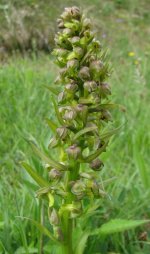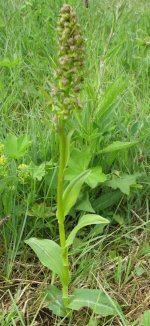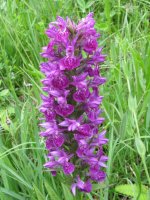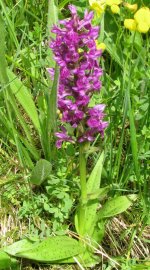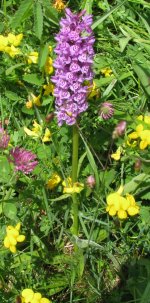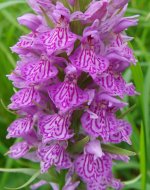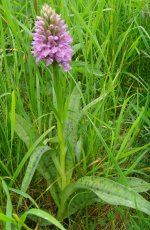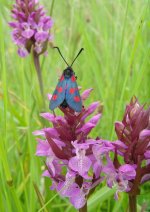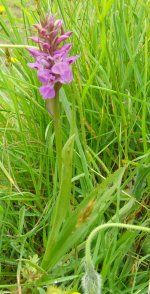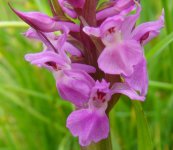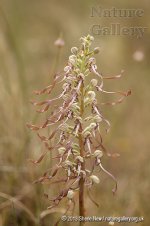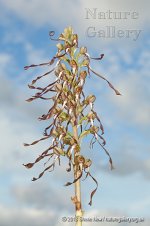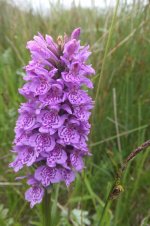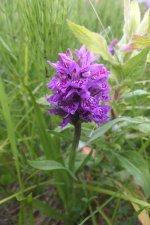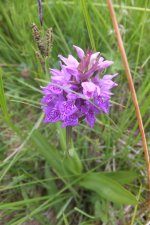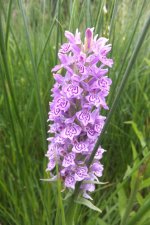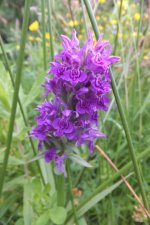Just to clarify; am I right you are talking about only Dune Helleborine, Dark Red Helleborine, Lindisfarne Helleborine, Coralroot, Lady's-slipper, Pugsley's Marsh and Irish Ladies-tresses.
I can't think of any other species that only occur in the North of England but wondered if there are others you have never seen?
You could probably do Dune and Dark Red Helleborines in one day in Lancs/south Cumbria or Lindisfarne and Dark Red Helleborines in Northumberland, but you would be hard pressed to fit in any of the others in a day (depends on how long a day you want!).
Rich M
PS having just read the above posting you could fit Tyne Helleborine into the Northumberland trip but expect a very long day if it includes a drive up from Stroud and you have to drive back the same day.




